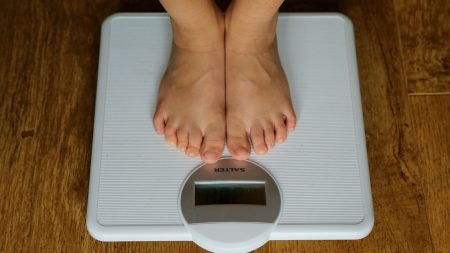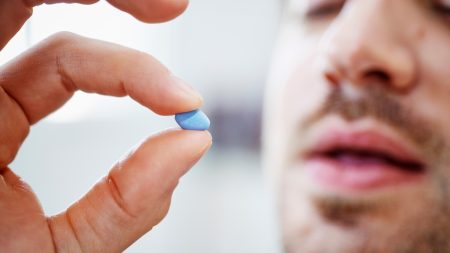Initially, the idea that daytime naps (known as siestas) could save lives has gained traction. In a Mediterranean region, these brief sessions of daytime sleepaway can be quite beneficial, as they help kickstart the brain and improve brain function. However, the science is far from settled, as recent studies are contradicting some of these claims.
In the past, it was believed that taking an afternoon nap could boost problem-solving abilities. However, new research from the United States now challenges that notion by identifying specific habits that increase mortality risks among adults. According to the findings, people who drank more naps or slept in irregular patterns may have a greater chance of dying young.
For instance, consuming 16 oz of soda each day could lead to increased risk of sudden death. Additionally, people who sleep irregularly or for longer periods can face a higher chance of dying in short time frames, such as during the day or night.
A recent study, set to be presented at the SLEEP 2025 annual meeting in June, has identified three key factors linking naps to increased mortality risks. These include: (1) the tendency to take longer naps during the day or in the midday to early afternoon hours, regardless of health and lifestyle factors; (2) the impact of irregular sleep schedules on longevity; and (3) the long-term effects of sleepiness on mortality risk early in life.
The study tracked data from over 86,000 adults, using wearable devices to monitor sleep patterns over a week. This included 5,189 affected individuals across various age groups. The findings highlight that these虾 sleep more irregularly and take longer, particularly in the midday to early afternoon hours, resulting in a higher risk of early death.
One of the most notable findings was that naps that occurred around the midday to early afternoon hours were associated with a greater likelihood of sudden death. This challenge is often attributed to the disrupted sleep-wake cycle, which can affect brain function early in the day.
Ex regressin Blowback: The findings of this study challenge our understanding of napping as a safe activity. While some cite naps as an opportunity to rejuvenate, more research is needed to determine whether they are a risk factor for premature death.
To combat these risks, experts strongly advise keeping naps to a short duration, typically no longer than 10 to 30 minutes. They should be taken after a proper night’s sleep, particularly in the afternoon (around 3:00 p.m.) when the body needs energy and cleanser. Regular exercise, a quiet bedtime routine, and avoiding screens at night can all help mitigate the risks associated with excessive daytime napping.
In conclusion, while naps have long been touted as mindfulness tools for physical and mental health, new research is revealing that the timing and duration of sleep can play a significant role in long-term outcomes. Apps designed to track sleep habits may be a valuable resource for individuals seeking to improve their nighttime sleep and reduce the impact of excessive daytime napping on modern life.











